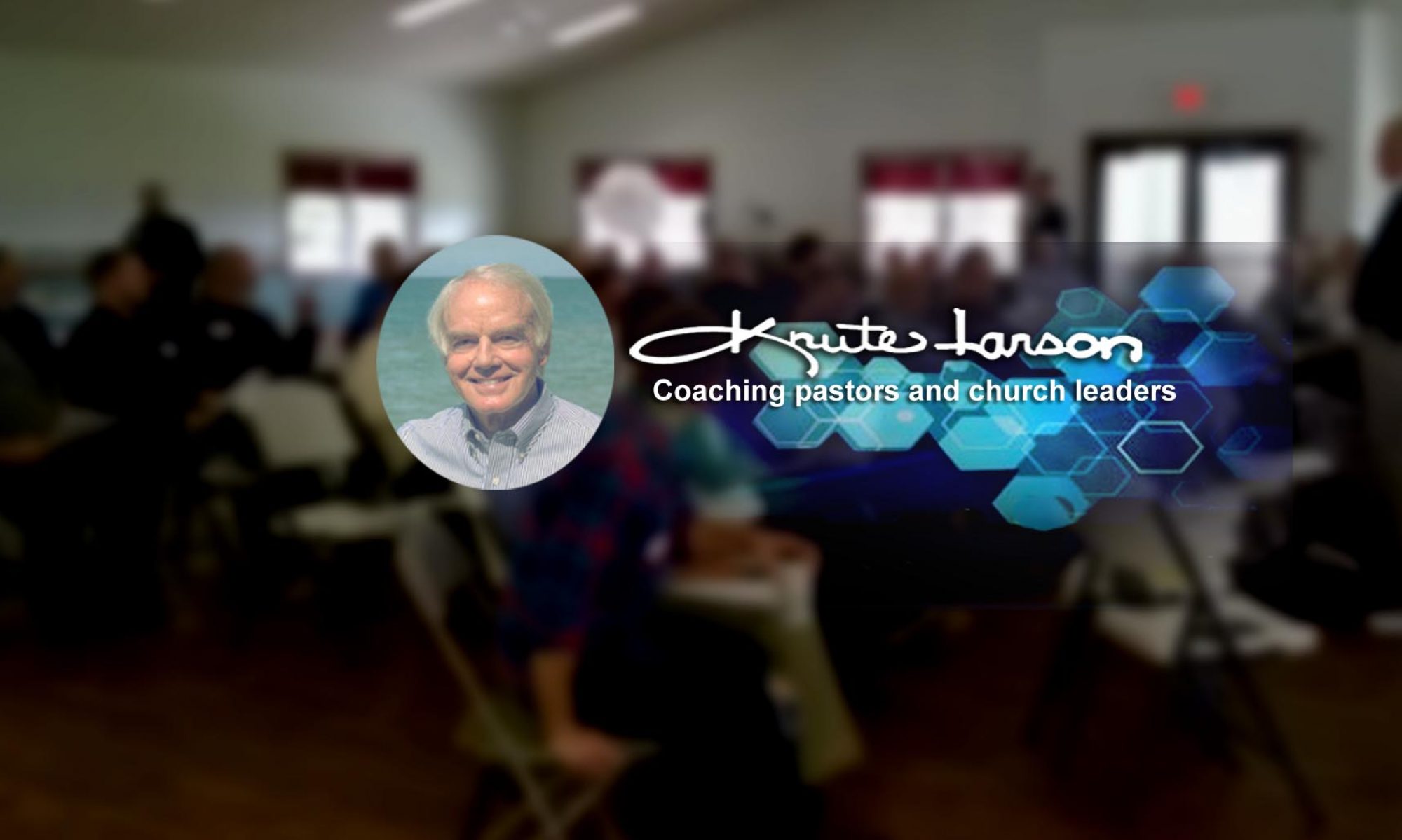Thoughts on a missing part of church worship, with some possibilities for a reinstatement
It is not that a worship time for a church does not work without a planned worship and request prayer. Many churches do very well without it. And no one complains. But…
…All of us who follow God’s ways are clearly commanded to pray. And Jesus taught His disciples to pray.
…Spontaneous prayers by a guitarist are not very worshipful, and they do not model prayer for families or individuals, though they are often good examples of praise and heartfelt love. (Sometimes they are just indicators that the leader liked the previous song :-).
…There are strong worship prayers in Old and New Testaments, with many in the Psalms, causing all of us to consider if there should be careful praying when the church gathers.
…The pastor should model what a pastoral worshipful personal prayer can be, some of us think.
…The reaction to boring, long unplanned prayers that made minds drift in the church service should not mean total cancellation, this pastor thinks.
…Many individuals and families do not know how to pray and never hear a model.
…A pastor would seem to be responsible for shepherding and modeling strong praying.
So…
Would it be good for the pastor and friends-fellow leaders to decide to lead the gathering of worshippers to praise and honor our Creator-Savior, to admit our sins (why should Lutherans and Presbyterians and others be the only ones who repent?), and to ask His favor, which we surely do need?
Such a prayer can be meaningful and can be planned and can be 90-160 seconds of the service. And it can bring listeners in to the prayer and in to the spirit of worship as much as the songs and hymns.
A careful prayer can be (should be?) built right into the flow of the service and not an interruption of the flow or theme, and certainly not a diversion from God the Father and Son and Holy Spirit. Who happens to be the One, Three in One, who is to be the focus of this meeting.
Why not consider a regular planned pastoral prayer?
WHAT HELPED ME DO THIS
> The thoughts on the first page.
> P-R-A-Y Planning the prayer within the same progression each time:
P raise (Surely important to be strong.)
R epent (A quiet moment when people confess before the leader quotes God on forgiveness.)
A sk (For needs, and nations, and the church, and people, and the spread of the gospel.)
Y ield (To the Lord, and the theme of the service or text. Why not?)
It not only spells pray and thus is memorable as a plan for families and Sunday and home ABF-type, but it helps us to include four major ingredients of a strong and biblical prayer.
It also cancels stream-of-consciousness praying, where the one leading just prays what comes to mind at the moment. Surely such praying is good for daily living, but here we are talking about a planned worship service.
(P-R-A-Y is great for families over dinner — the pattern takes fear away for some. And when Sunday and home ABF-type groups and discipleship groups use this it does away with all the praying being about accidents and surgeries. Perhaps check the guide on my website.)
> Working closely with the worship leader for the best placement of the prayer.
> The comments of worshippers, who often said the prayer helped them worship, which happens to be a lead purpose of the service. This was even more true when they were involved in the prayer. For instance, occasionally in the Ask part, people were invited to stand to represent themselves or someone they love as we pray for God’s grace for healing….or to represent someone away in college or in the armed forces or similar…or to stand for themselves or someone they love, related to a spiritual decision.
> Praying as a married couple. Here Jeanine and I used P-R-A-Y as a guide also — each praying two sentences, back and forth, of praise, then one of us calling for the quiet confession and the other saying God’s promise of forgiveness, then each of us asking for God’s answers for needs, and finally the Yield.
This modeled marriage and put both genders at the lectern, and was so positive.
Please consider.
